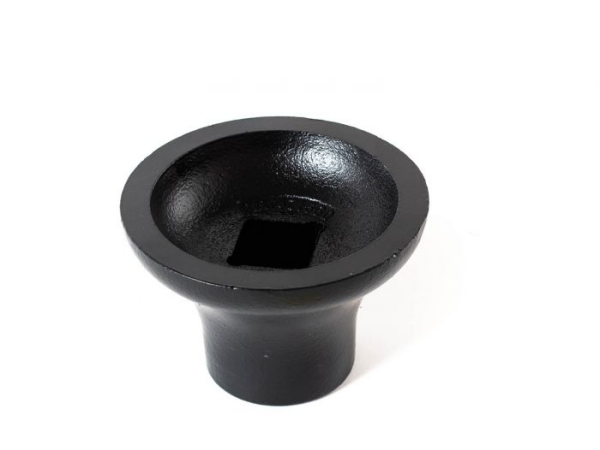What are the advantages and disadvantages of foundry
Flip casting refers to the production of castings with clay bonded sand as molding material. It is a process with a long history and is also the most widely used process. Speaking of its long history, it can be traced back thousands of years; In terms of its scope of application, it can be said that it is not used anywhere in the world.
Advantage:
The abrasion-resistant parts of the crusher cast by turning sand are still very common in China, such as jaw plate, high-chromium plate hammer, crushing wall, mortar wall, etc. Because in the crusher equipment, as a relatively large wear-resistant casting, the accuracy is not very high, especially for jaw plate, the finished products almost need not be polished by lathe, and the crushing wall, mortar wall, roller skin and other parts of the casting also need to be polished by lathe, so it is particularly suitable for sand casting, Because the wear-resistant parts of sand casting jaw plate, high chromium plate hammer, crushing wall, mortar wall, roll skin and other crushing equipment are more than 20% more durable than other products such as lost foam casting process. However, the cost of lost foam casting is relatively low because of its high dimensional accuracy, small machining allowance, convenient dry sand removal, more than 50% reduction in cleaning and grinding workload, and labor cost saving.
The main reasons are: compared with other casting methods, the cost of sand casting is low, the production process is simple, and the production cycle is short. So castings such as engine cylinder block, cylinder head and crankshaft of automobiles are produced by clay green sand process. When the wet sand can not meet the requirements, consider using clay sand surface dry sand mold, dry sand mold or other sand mold. The casting weight of clay green sand can be from several kilograms to tens of kilograms, while the casting weight of clay dry mold can be up to tens of tons. Sand casting has obvious advantages and will be widely used in the casting industry.
Disadvantages:
1. The casting structure is not dense enough, there are defects such as shrinkage cavity, air hole, slag and crack, the grain size is uneven, the mechanical properties of the casting are low, and the impact resistance is low;
2. There are many casting production processes, and the process control is complicated, which is easy to produce waste products.






